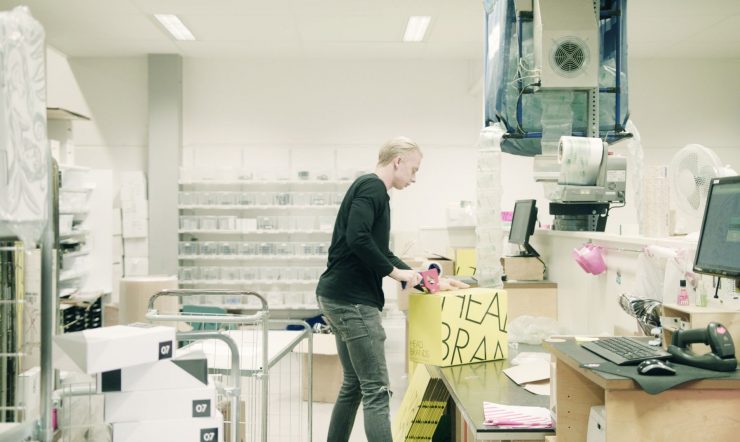In all the excitement around the potential of generative AI, it’s easy to focus on one misleading question.
Business leaders don’t really need to ask themselves whether their organization should use generative AI. With findings from the IDC showing that organizations are realizing an average return of $3.5 for every $1 they’ve invested in generative AI – and seeing this return with 14 months, the real question is if your business is ready to get the best out of generative AI.
Tools like Microsoft Copilot represent AI coming out from behind the curtain to serve as an everyday workplace assistant by eliminating the daily drudgery and enabling workers to spend more time on high-value, rewarding work, like solving customer problems or work on that next piece of innovation. This is so important given the majority of workers say they don’t have the time or energy they need to get through their to-do lists every day.
So how can generative AI help – and what do we need to do to realise the value of generative AI, faster?
How are people running with AI already?
Many organizations across Europe have always been early adopters or new technology. Before understanding how to realize the value of generative AI faster, it’s helpful to look to examples of how others have achieved it.
In Norway, Aker has been using Microsoft 365 and Copilot since the summer of last 2023. From keeping minutes, to writing agendas, creating presentations and so much more – the reviews have been overwhelmingly positive in helping their people be more present in meetings, taking full advantage of their productivity and security estate powered by Microsoft 365 E5.
Meanwhile in Italy, Campari Group have been realizing the benefits of Dynamics 365 Copilot. A common theme in the feedback received is a boost in efficiency and productivity, with employees able to reduce the time and effort in completing common tasks. Similarly to Aker, Campari Group came fully ready to the Copilot journey as result of thinking about their productivity and security business architecture.
And finally from Sweden, Gunnebo Group are keeping customers around the word safer using Azure Open AI. Their journey began with finding a way to organize their data from devices around the world on Azure so they could apply analytics and make the most of the benefits of AI.
Walking before you run
These gains in productivity and innovation didn’t come at the flick of a switch. In each of these cases, each of these organizations had done the groundwork and built the right foundations so that when they deployed generative AI tools like Copilot, the impact was amplified.
Let’s start with data. All AI models rely on data to learn and make predictions. With the data of many organizations spread across multiple applications and storage repositories, your business will need to look closer at how they are centralizing and analyzing this data, as it will form the basis of the large language models (LLMs) their teams will leverage.
The second point to consider is on security and compliance. As well as ensuring you’re thinking about how to enable responsible AI, it’s vital you consider how the data you feed into your LLM’s is kept secure with the right defenses and compliant with any policies and procedures your business follows, such as those related to privacy. A failure to meet high standards in this space can lead to a lack in trust, especially if you are handling data relevant to employees or customers.
Before you can run with AI, you will also need to consider how you will actually interact with your deployment of AI. If your objective in the workplace is to enhance productivity, collaboration or communication between and within teams, you need to ensure you have the right applications in place to do so.
And finally, it’s important to consider how you will establish AI as part of your culture and workforce. From running training to employee skilling programs, establishing a culture of learning and curiosity with AI is what will help it to take off in your business and help you truly run.
Walk first, then run faster
Copilot’s earliest users are giving great feedback – with 70% saying they were more productive. But without the right foundations, organizations that invest in AI tools like Copilot risk not realizing the true impact and benefits these technologies can deliver.
At Microsoft, our end-to-end Copilot stack for every organization spans infrastructure, security solutions, models, data and of course, the applications you can interact with Copilot itself. We offer the most comprehensive global infrastructure as part of our goal to be the world’s computer and ensure we are a scalable, trusted partner for you to work and deploy AI with.
If you’d like to read in more depth about how your business can optimize its foundations for generative AI, this study from Forrester explores the benefits of our security and modern work portfolio, which many organizations have then built AI models on top of.























